Blog Post

Faith in Communities
The Annie E. Casey Foundation seeks to help faith-based organizations, such as the Providence In-town Churches Association Food Pantry, improve and expand how they serve community members in need.
Faith communities play a trusted role in the social fabric of communities and are a particularly powerful resource for supporting the needs of kids and families. As part of Making Connections, investments advanced the efforts of faith-based organizations primarily focusing on prisoner reentry and children with incarcerated parents.

The Annie E. Casey Foundation seeks to help faith-based organizations, such as the Providence In-town Churches Association Food Pantry, improve and expand how they serve community members in need.
Newsletter

This issue of Casey Connects spotlights four initiatives that the Annie E. Casey Foundation has invested in for the last decade: aiding the formerly incarcerated, promoting responsible fatherhood, supporting healthy relationships and tapping into the strengths of faith-based organizations. The end goal in each of these efforts is the same: Give kids in tough communities a better shot at success.
Practice Guide
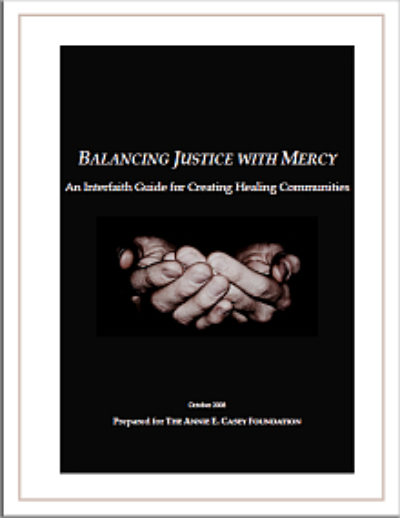
This report presents the Healing Communities detailed model of prisoner reentry, where the time for engaging members of the congregation is any time from arrest through reintegration after a “returning citizen” returns home from prison.
Report
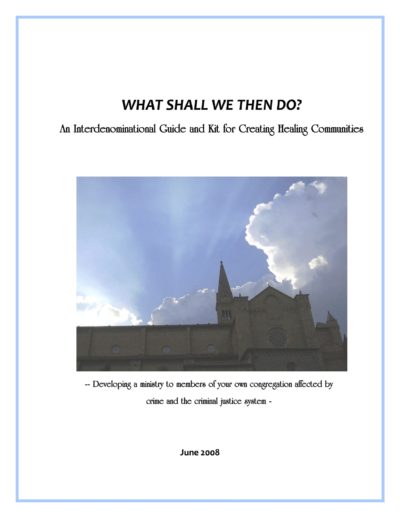
This guide, developed for an interdenominational Christian audience, explains the Healing Communities model which seeks to engage congregations in the restoration and healing of their members who have been affected by crime and incarceration.
Report
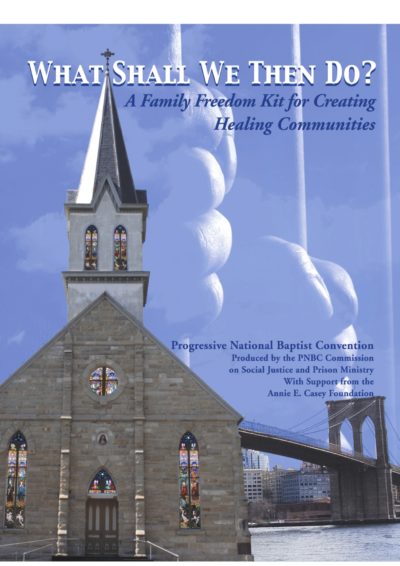
This guide, developed in partnership with the Progressive National Baptist Convention, explains the Healing Communities model which seeks to engage congregations in the restoration and healing of their members who have been affected by crime and incarceration.
Report
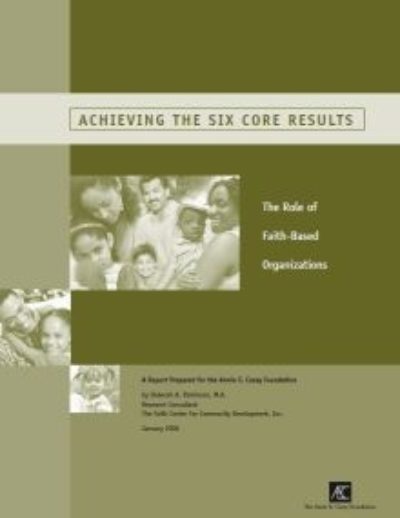
This document presents information that describes how smaller faith-based organizations have developed services and programs to meet the economic and other needs of low-income individuals and families living in their community.
Report

This report describes a faith-based voter registration initiative in eight communities. The initiative focused on congregations of varying denominations to help identify non-voters and register them to vote.
Report

This report describes the practice of tithing within low-income congregations and illustrates how tithing is tied to asset building, based on interviews with clergy and congregation members. It includes brief summaries of different types of congregations.
Report
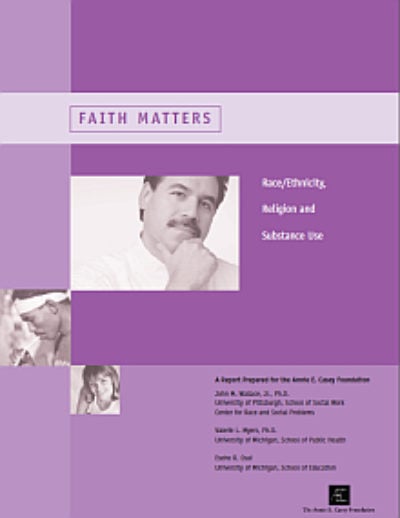
This report looks at the enormity of the substance abuse problem in the United States andexplores how religion may be the best hope for a solution in ethnic communities.
Report
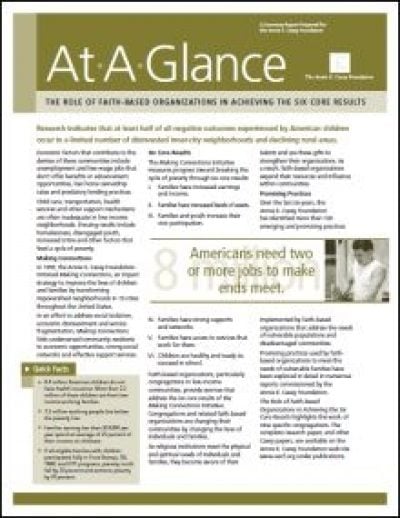
This summary document describes how faith-based organizations can develop services and programs to meet the economic and other needs of low-income individuals and families living in their communities.